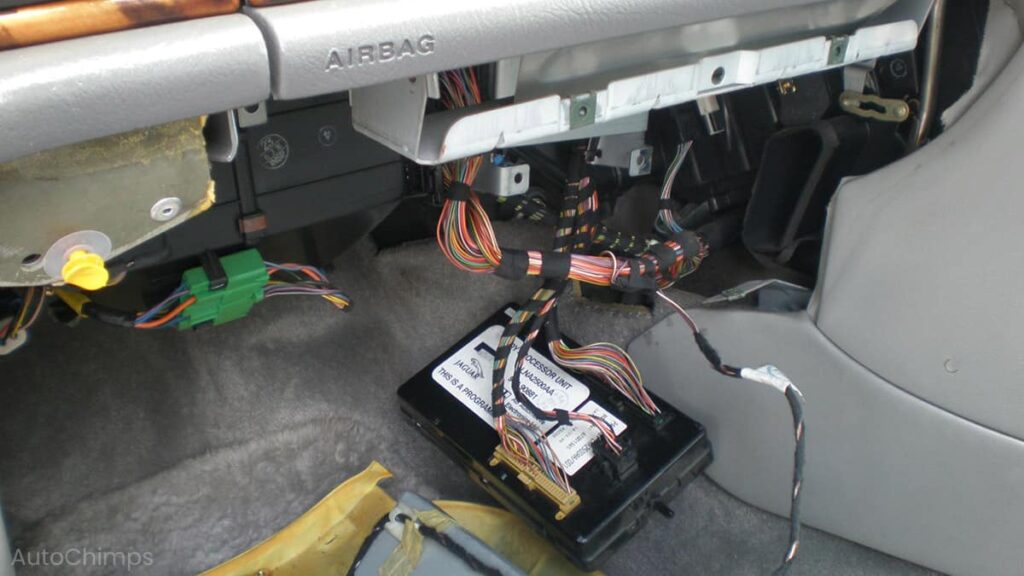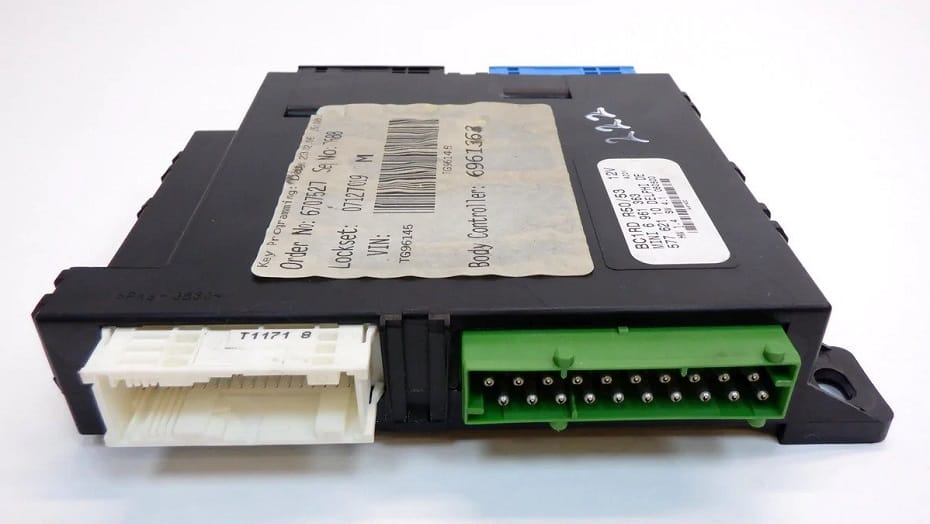
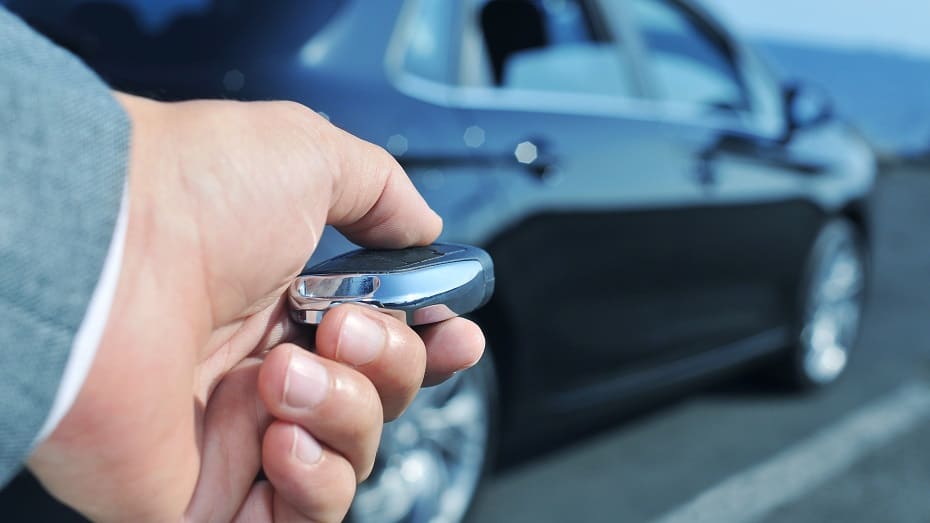
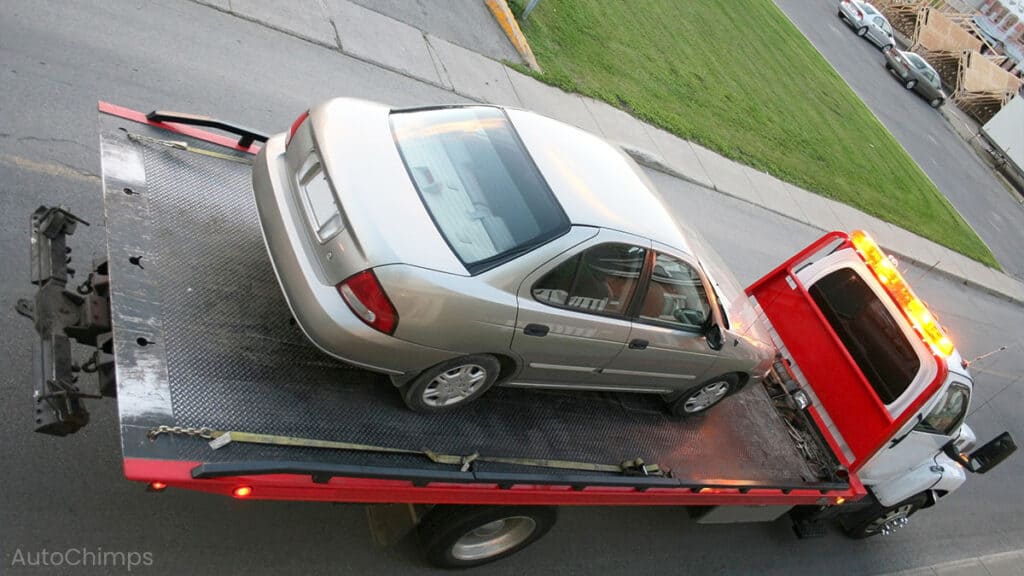
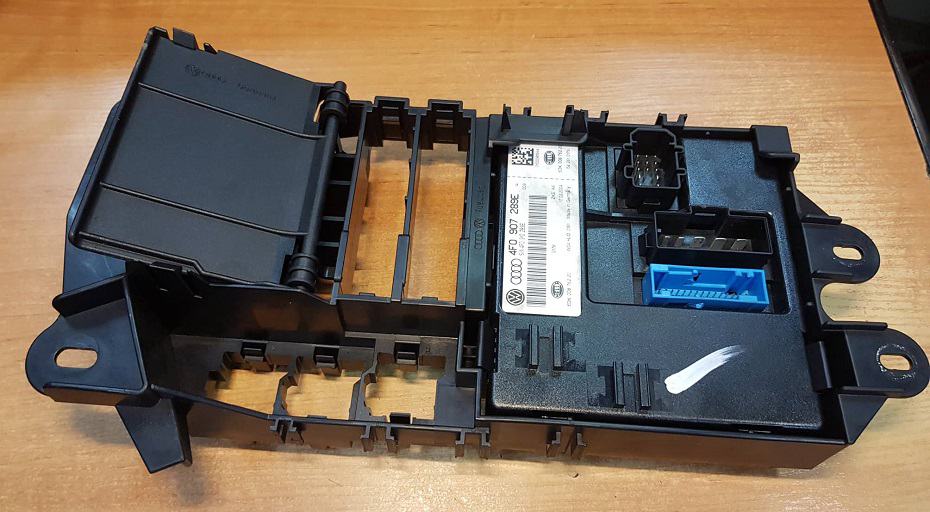
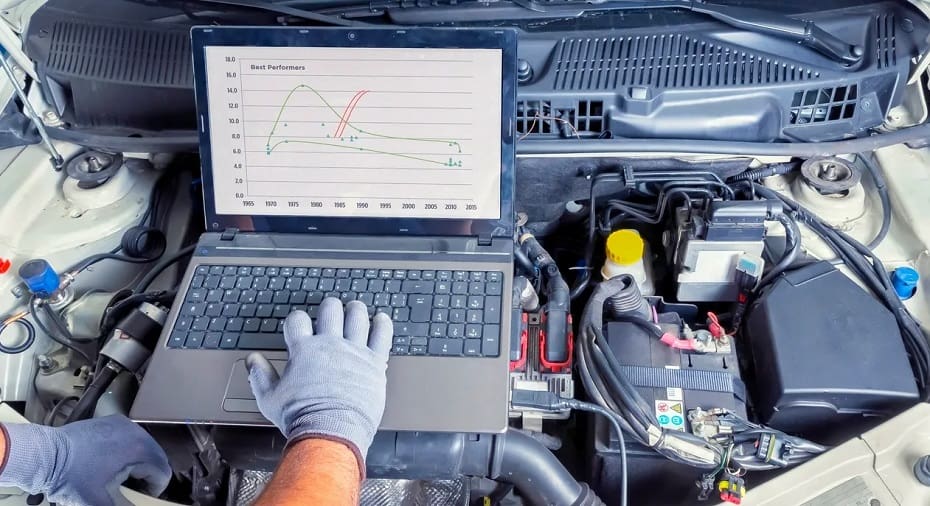

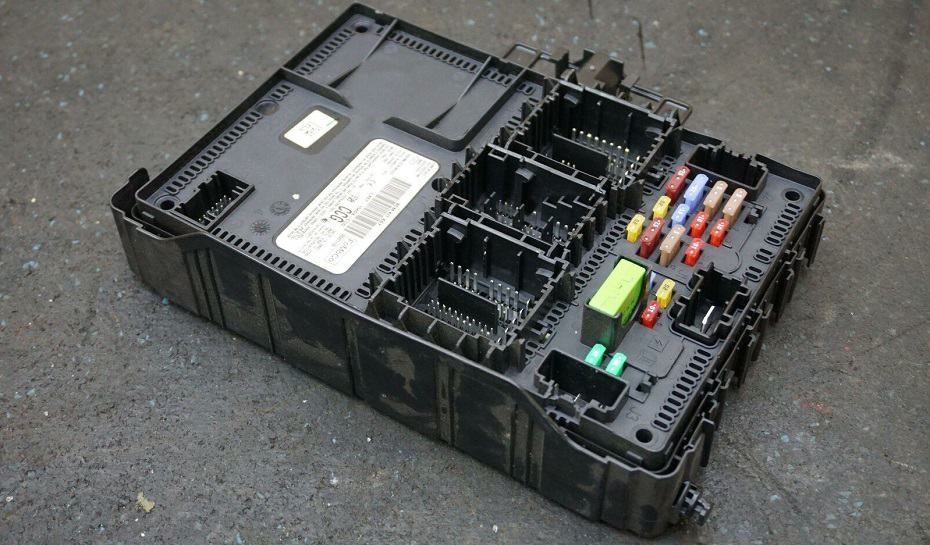




Understanding the Body Control Module (BCM): Symptoms and Solutions
The Body Control Module (BCM) is like the brain for many of a car’s non-drivetrain systems. When things go haywire, it’s essential to catch the signs early—before they spiral into bigger issues.
What Is a BCM (Body Control Module)?

The Body Control Module is one of many modules in today’s cars, all part of the Electronic Control Unit (ECU). Think of the BCM as the go-to for most functions outside the engine and transmission. It handles:
- Headlights, turn signals, brake lights, and reverse lights
- Interior and instrument cluster lights
- Radio and infotainment systems
- Power windows and the horn
- Windshield wipers
- Heating and climate control
- Alarms and immobilizers
The BCM communicates with other modules to keep everything in sync, like calculating alternator output. In contrast, the Engine Control Module (ECM) focuses solely on the engine, while the Transmission Control Module (TCM) manages the transmission.
Why Does a BCM Go Bad?

BCMs can fail for a few reasons:
- Glitches or errors in the manufacturer’s programming
- Water or debris getting inside
- Poor connections, wiring issues, or grounding problems
If it’s a manufacturer defect, there might be a Service Bulletin or Recall ID, but not every hiccup is the brand’s fault. Water is a BCM’s worst enemy; it can cause short circuits and damage. Likewise, bad connections lead to inconsistent power and weird behavior over time.
Symptoms of a Bad BCM
Spotting a faulty BCM can be tricky. Symptoms can be all over the place, but here are some common signs to keep an eye on:
1. Erratic Component Behavior

When the BCM acts up, so do the components it controls. Here’s what to watch for:
- The horn honks randomly
- Windshield wipers come on out of the blue
- Lights flicker like a disco party
- Power windows stop working or struggle
- The alarm goes off for no reason
What seems like a bad motor might actually be a BCM issue. Sometimes, folks end up replacing parts only to find out the BCM was the real culprit.
2. Battery Draining Faster Than Usual

If a car battery is dying quicker than expected, it could be time for a new one. But if it keeps happening, the BCM might be to blame. A faulty BCM can cause parasitic drain—where something stays on when it should shut off, like an interior light. This can suck the life out of a battery in hours.
3. Problems Starting

A bad BCM can mess with the anti-theft system, leading to issues starting the car. This might mean the alarm goes off when trying to start or, worse, nothing happens when the key is turned.
4. Access and Security Issues

Since the BCM controls access systems, it can cause problems here too. Doors might lock or unlock randomly, or keyless entry could stop working altogether. If something feels off, it’s likely an electrical issue tied to the BCM.
Is It Safe to Drive with a Bad BCM?

Driving with a faulty BCM isn’t safe. It might not affect the engine or transmission directly, but it can lead to critical safety issues. Imagine driving without brake lights or headlights in the dark. That’s a recipe for disaster. It’s best to get the car towed to a mechanic if BCM problems are suspected.
Repairing or Replacing a Bad BCM
Fixing a faulty BCM can be done in a few ways, depending on the issue:
- Control Module reset
- BCM reprogramming
- BCM replacement and reprogramming
Control Module Reset

If the BCM just needs a reset, it’s usually a simple fix. Mechanics can disconnect the battery or pull a fuse for a bit to refresh the system. Expect to pay a diagnostic fee—typically under $100.
BCM Reprogramming

If resetting doesn’t do the trick, reprogramming might be necessary. A skilled mechanic will diagnose the issue and fix it, costing around $300 to $600.
BCM Replacement and Reprogramming

If the BCM is physically damaged, a replacement is in order. This can happen due to accidents, water exposure, or other mishaps. Expect to pay about $600 to $700 for a new BCM, including parts and labor.

